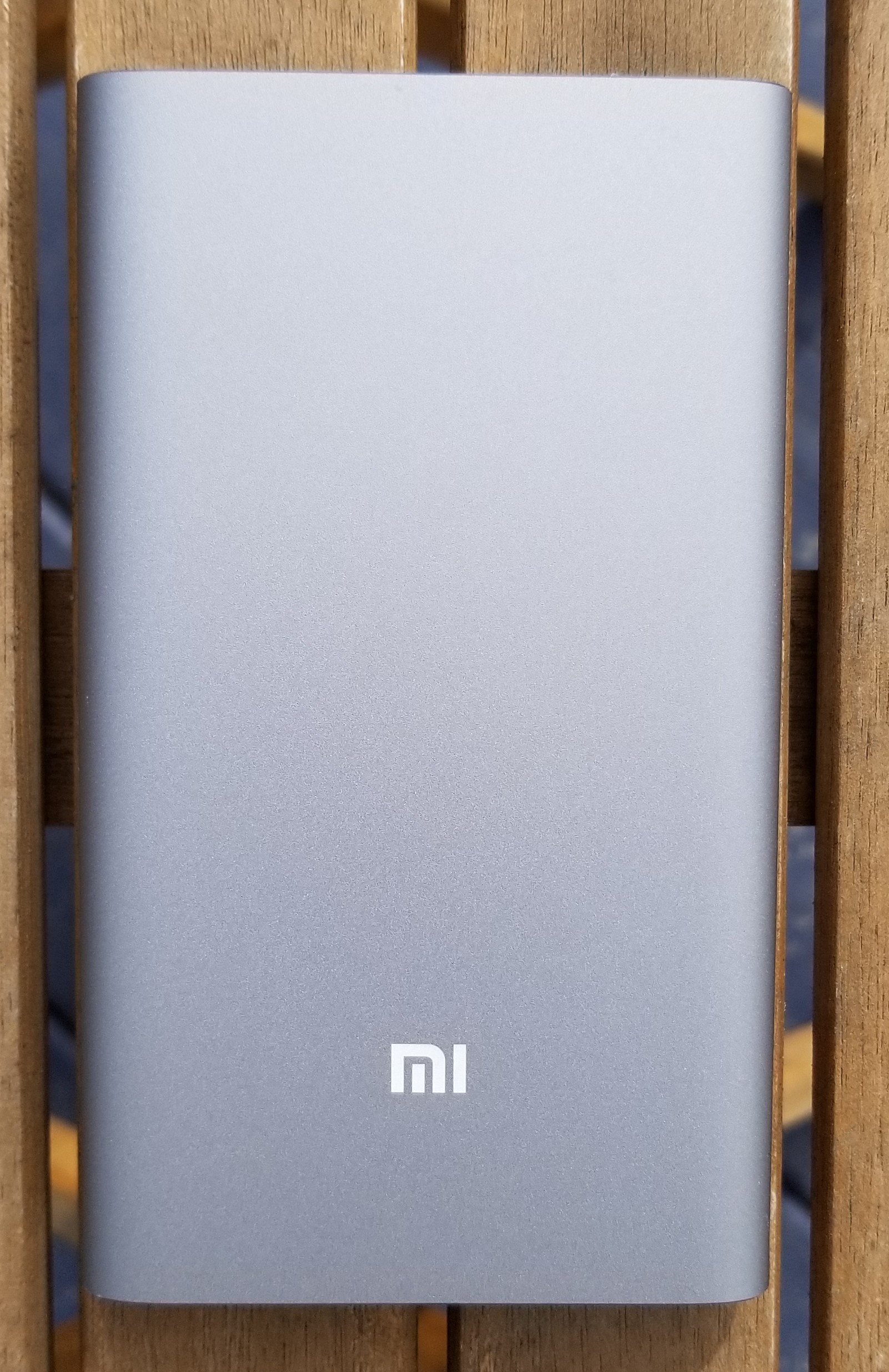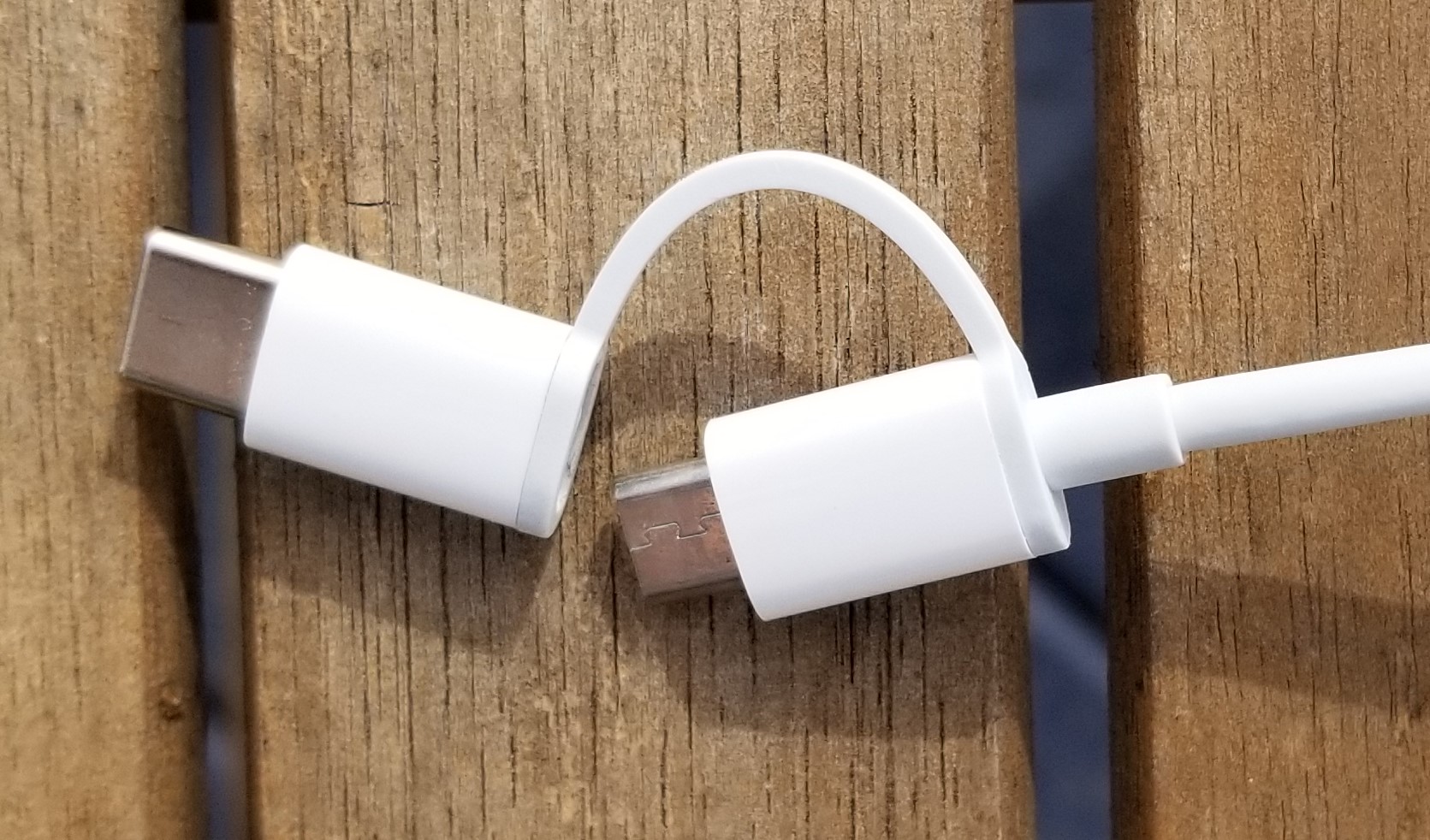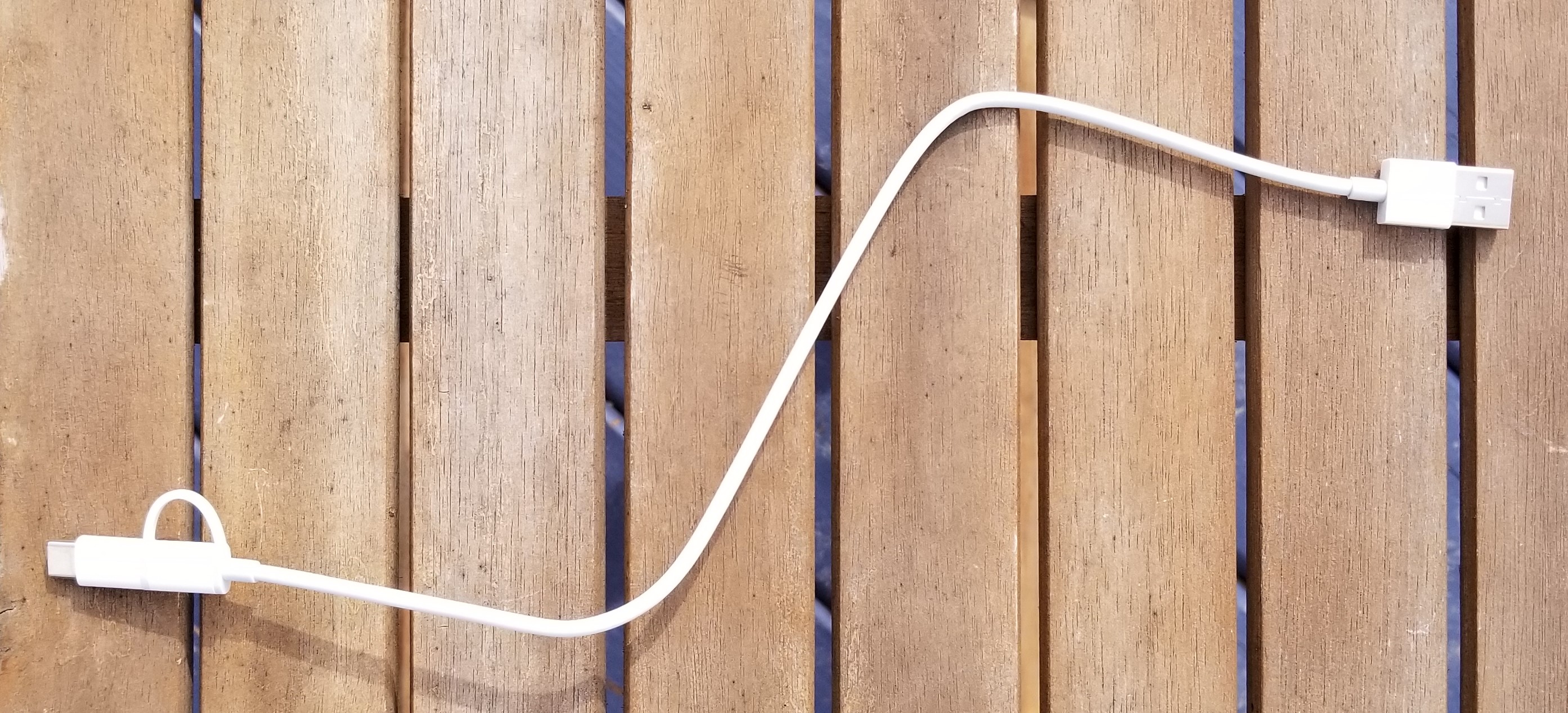We all know of the Tesla car band, a brand that has pioneered itself on its autonomous self-driving cars. We may have been promised flying cars in the future, but self-driving ones are a good alternative.
As advanced as these cars may be, they are still using battery technology that was invented decades ago. Underneath a Tesla are hundreds of laptop-style batteries that exhaust their power over time to propel the car forward at an insane rate.
Now, I don’t know about you, but my laptop battery can’t go more than a couple of hours under a modest workload, let alone be used for driving a car. Over the years, my laptop battery has also degraded in performance.
Granted the Telsa has hundreds of these batteries, they still suffer from decades-old battery technology. Lithium-ion batteries have some major drawbacks. They are temperature sensitive, degrade in performance over time, take a long time to recharge, and they often do not want to be exhausted down to zero juice.
Every day we are seeing more and more devices that are going wireless. With wireless, comes the dependency on batteries which aren’t keeping up with today’s modern technology. Until we can develop or invest in battery technology, we’re stuck with what we’ve got.
The most familiar battery for most users is going to be their smartphone battery. Smartphone technology has forced battery manufacturers to find ways of cramming more power into smaller battery cells. Since smartphones have left the user replaceable battery idea, the internal unit must suffice for a full working day.
On an average day, I find that my Samsung Galaxy S8+ ends the day with approximately 50% remaining. I’m not an avid user of my phone during the day and often save YouTube videos or music listening for the night. This means, if I end the day at 50%, many people are going to find themselves looking for a charger before the end of the working day.
Until new battery technology arrives or we become conservative with our product’s usage, we’ll need to fall back on battery banks.
I’ve reviewed a lot of battery banks in the past and often use them when travelling or going somewhere for a short time. They make a great travel buddy as you aren’t tethered to a wall outlet and they typically store a lot of power in a reasonable casing.
As with many battery banks I have reviewed in the past, Mi thinks they have the best one yet. Supporting up to 10,000 mAh, upgraded to USB-C, and having one of the best battery bank designs I have ever seen, Mi’s Power Bank Pro is professional.
Welcome to my review of the Mi Power Bank Pro, model PLM03ZM.
Design
Often when I review battery banks, they are large, clunky, oddly shaped, or made from cheap materials like plastic. This isn’t even close to the design of the Mi Power Bank Pro.
Built around an incredibly premium feeling lightly-brushed aluminum body, the Mi Power Bank Pro is one of the most premium battery banks I have ever laid eyes on.
A grayish-silver color mixture is found throughout the entire battery bank body. To add to that premium touch, there is minimal branding and wording on the two large faces of the body. A subtle Mi logo and Mi website are the only interruptions of what is a premium looking device.
To express how fabulous and how well-crafted the Power Bank Pro looks and feels, if I were to take a small Apple logo and place it over the Mi logo on the front face, I believe I could easily be convinced that Apple had made this battery bank.
The rounded edged aluminum body makes the battery bank quite durable with it resisting my attempt to bend it or dropping the battery bank onto the floor. Additionally, it brushes off light scratches from fingernails or other objects that may be in your pocket.
Measuring 5 inches tall, 3 inches in width, and a quarter of an inch deep, the Power Bank Pro is flat and small but remains tall. For myself, I like that it’s flatter and tall as you can stack it on the back of a smartphone making it easy to carry both devices in one hand.
On the top portion of the rectangular shaped battery bank are the inputs and outputs. There is a full-sized USB-A port for connecting a charging cable, a USB-C port for input, four white LED battery status indicators, and a button to push to check on battery status.
Flip the device to the other side and you’ll find standard battery information, such as capacity, output amperage, input amperage, and build date.
Included in the box is a short one-foot charging cable that can be used to either charge the Power Bank Pro or a mobile device. This cable is unique as on one end you have a USB-A connector and on the other is a dual connector.
The cable terminates in a micro USB connector, but permanently attached to the end is a tethered micro USB to USB-C adapter. This gives you the option to charge either a USB-C or micro USB product.
I would have liked to have seen an Apple Lightning cable or adapter included in the box as well as a travel bag/pouch. As premium as this unit is, it should come with those premium accessories.
Functionality
The design of the Mi Power Bank Pro is a big selling point for this product, but that doesn’t mean it lacks in the functionality department either.
Jam-packed inside the tiny body is a 10,000 mAh capacity battery that has the ability to recharge most modern smartphones about 2 – 4 times depending on the smartphone battery.
Mi’s battery bank comes with all of the expected battery bank protections for your device. Over voltage, over current, short circuit protection, intelligent power outputs, and a clean power output is what we should expect from a device such as this one.
I mentioned earlier how the Power Bank Pro was modernized by the fact that it was upgraded to USB-C. Oddly, the Power Bank Pro can only receive power through its USB-C port, not output it. Meaning, that if you have a USB-C to USB-C cable, it won’t do you much good with this battery bank.
I personally would like to see an updated model with support for only USB-C connectors or, better yet, plugs for both USB-C and Lightning.
When connecting to a smartphone or equivalent smart device, the Mi Power Bank Pro will intelligently detect how much power draw that product needs. Once determined, the battery bank will output either 2.4A, 2.0A, or 1.5A.
Having a broad range of outputs means the Power Bank Pro can universally charge most mobile devices and charge them correctly. Tablets, smartphones, and smartwatches should be easily supported for the Power Bank Pro.
In usage, the Power Bank Pro charged up my Galaxy S8+ and Apple iPad Air 2 to maximum battery capacity in just a few hours. No more or less than the OEM charging equipment, but this was portable.
The white battery status LEDs tend to blink when charging a phone and I’m not sure why, but I thought I would mention that in case you are using this on your bedroom nightstand.
My Final Thoughts
Priced at $21.64 on Amazon, the Mi Power Bank Pro is an excellent and premium battery bank. I am extremely pleased and impressed with how well the unit is built and how premium it feels. The aluminum body won me over and I plan on using this battery bank for personal usage.
Only a 10,000 mAh capacity option is available and I find it to be just the right size. I can recharge smartphones and tablets multiple times before needing to find a wall outlet. Containing all of the safety features is another great plus.
It may not come with a carrying case or Lightning cable, but I would still recommend it to anybody who needs a little battery boost while on the go. Especially at this price point.
© 2018 Justin Vendette







